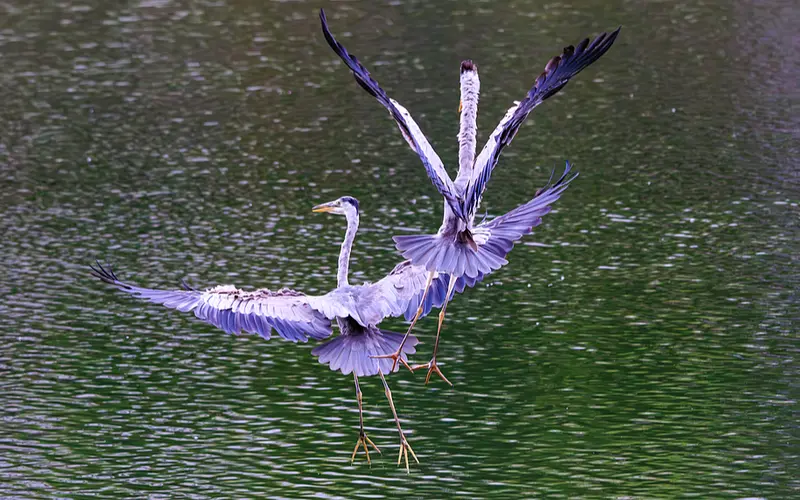AI-powered 'Bird Facial Recognition' Enhances Avian Conservation
Monday, 2025/10/13229 words3 minutes2571 reads
In a groundbreaking development at Kunming's Dianchi Lake, artificial intelligence is redefining avian conservation through an innovative 'bird facial recognition' system. This cutting-edge technology, employing high-definition cameras, drones, and sophisticated algorithms, is revolutionizing the way researchers monitor and study migratory birds, particularly the black-headed gulls that make their annual pilgrimage from as far as Siberia.
The AI system's capabilities extend far beyond mere identification. By analyzing distinctive features such as plumage patterns, morphological characteristics, and even acoustic signatures, it creates a comprehensive, dynamic archive of Dianchi's avian inhabitants. This approach not only facilitates real-time species identification and population census but also enables the tracking of migration routes and behavioral patterns with unprecedented precision.
The efficacy of this technology has been empirically validated through a peer-reviewed study published in the Journal of Environmental Management. Its implementation has dramatically enhanced the efficiency and accuracy of bird surveys, supplanting traditional labor-intensive methods with a system that boasts 90% accuracy while simultaneously collecting vast amounts of behavioral data.
The ramifications of this technological integration extend beyond Kunming, with similar systems being deployed across China, from Chongqing to the Yellow River Delta. As Zhang Zhizhong, an engineer involved in the project, notes, this gentle yet scientific approach to understanding and protecting nature opens new vistas in biodiversity conservation, addressing the limitations of conventional methodologies and offering robust data support for ecological management and research.
